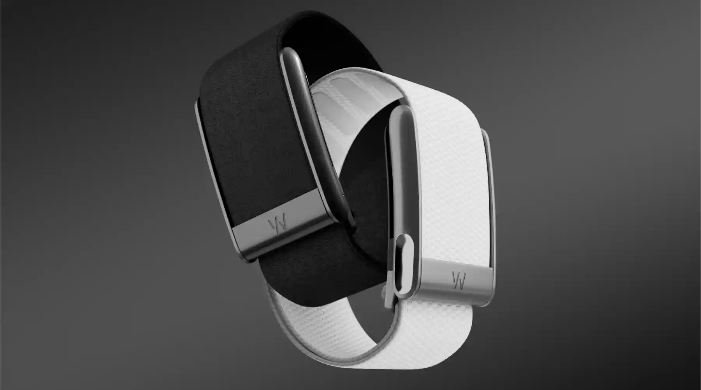In the crowded world of fitness gadgets, one company has dared to take a different path. WHOOP, founded in 2012 by Will Ahmed in Boston, is not just another smartwatch, it is a health companion designed to tell you when to slow down rather than when to speed up. Unlike step counters or calorie trackers, WHOOP interprets hidden signals from the body and translates them into simple guidance for everyday living. Its mission, as Ahmed envisioned, is to help people balance training, rest, and recovery through data-driven insights (Wikipedia, 2025).
What makes WHOOP stand out is the way it breaks down complex physiological data into three categories: strain, sleep, and recovery. Using continuous measurements of heart rate variability, resting heart rate, respiratory rate, skin temperature, and oxygen saturation, it provides users with a readiness score each morning. This score indicates whether the body is prepared for exertion or in need of recovery. In a study of 12,000 users published by the company, consistent wearers not only improved cardiovascular health but also gained an average of 20 extra minutes of sleep per night and 90 minutes of additional activity per week. These seemingly small shifts compound into meaningful lifestyle changes over time.
The device’s real-world benefits have also been explored in academic settings. Researchers Victor Romano and Miracle Etim-Andy studied 56 collegiate athletes across women’s lacrosse, softball, and baseball over six months (Journal of Coaching and Sport Science, 2023). Their findings showed that insufficient sleep before games led to higher respiratory rates, a marker of stress and fatigue. Overtraining before competition also worsened recovery, while moderate exercise sometimes improved it. Baseball players, meanwhile, revealed that even long hours of sleep were not enough if the quality was poor. These insights underscore a truth often overlooked in sports: performance is determined not only by how hard athletes train, but by how well they recover. WHOOP’s ability to capture such subtle signals makes it valuable not just for individuals but also for coaches seeking data-driven decisions.
At the heart of WHOOP’s appeal is its design philosophy. With no screen, no notifications, and no distractions, it focuses entirely on health. The strap can be worn around the clock, even while charging, and its app allows users to log daily habits ranging from caffeine intake to morning sunlight. This information helps refine personalized recommendations and alerts when the body strays from its baseline. Ahmed’s entrepreneurial journey reflects the same clarity: rather than competing with tech giants on flashy features, WHOOP carved its niche by listening to athletes, conducting rigorous research, and staying true to the principle that technology should enhance life quietly in the background (The Great Entrepreneurs, 2024).
Today, WHOOP is more than a wearable. It is part of a movement toward smarter, more sustainable health tracking. By shifting focus from selling hardware to offering long-term insights through its subscription model, the company has created a business that thrives on continuous value for its users. In a world where hustle often overshadows health, WHOOP serves as a reminder that sometimes the best coach is not a person, but a well-designed piece of technology that teaches us to understand ourselves better.
This article was authored by Suhas R Olekar with contributions from Upendra S. Both are B.Com students at Christ (Deemed to be University), Bangalore.

